You might have already voided your mattress warranty with these 5 mistakes
Mattress warranties provide peace of mind, but you must follow the brand's T&Cs
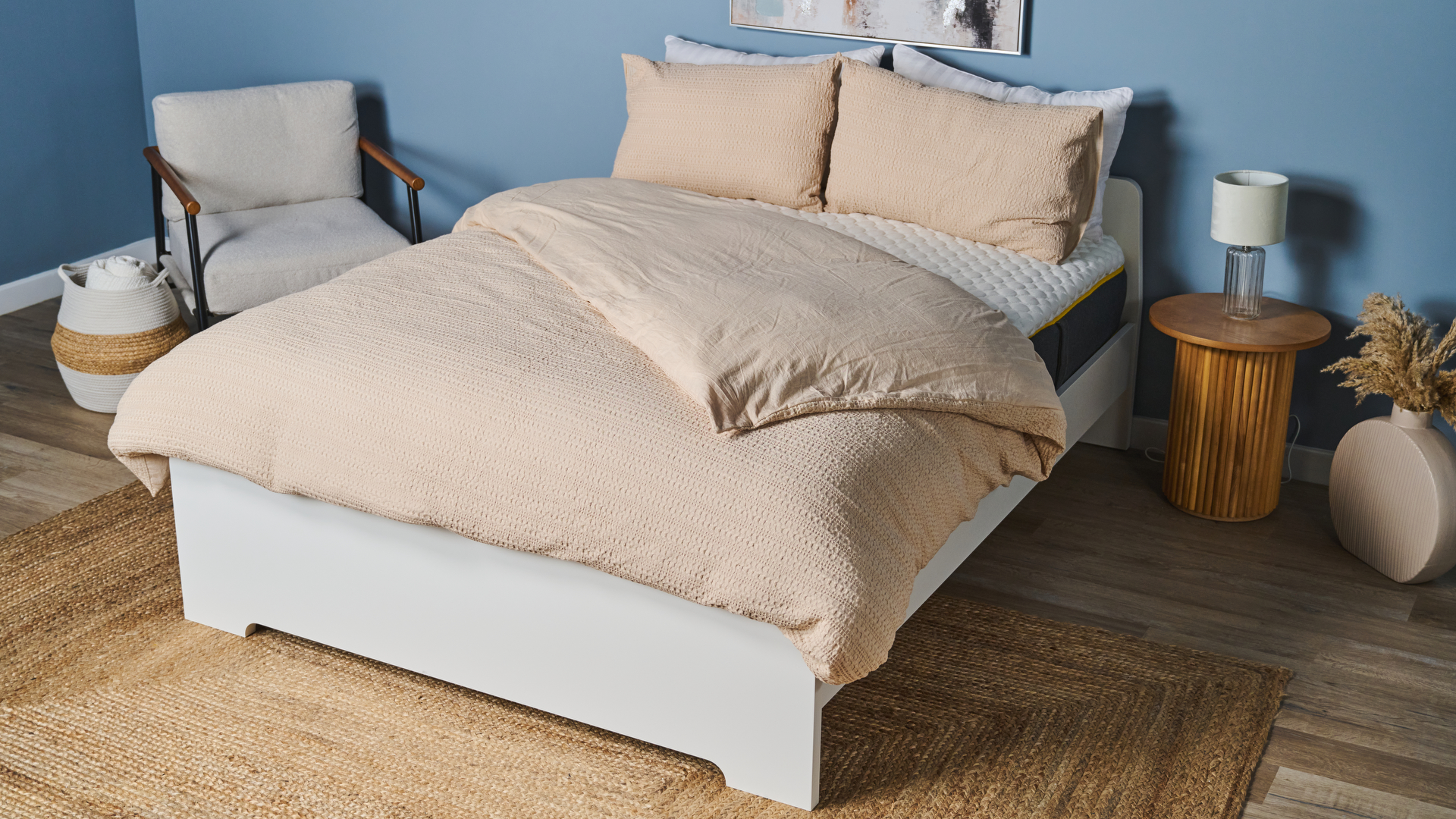
Mattress warranties ensure you're covered if your new bed has defects that are the fault of the manufacturer. But if you don't take proper care of your mattress once it is in your hands, your warranty could be void.
Even this year's best mattresses require TLC and protection, and if you don't abide by manufacturers' advice, they hold the right to void your warranty, meaning you could end up out of pocket if anything went wrong with your bed.
Mattresses are significant investments, so the financial security and peace of mind a lengthy mattress warranty offers goes a long way. If you're looking to upgrade your bed in this month's best mattress sales, you'll want to be aware of the following mistakes that could affect the validity of your warranty.
What is the typical mattress warranty?
A mattress warranty offers financial reassurance. It is the brand's guarantee that the product will be replaced, repaired or refunded if customers encounter issues it due to manufacturing.
Each brand has its own terms and conditions, meaning the length of the warranty, and what's covered under it, will differ from mattress to mattress.
That means its important to look closely at the warranty for your specific bed so you know what may void it.
However, these warranties generally last between 5 and 20 years (though some companies, such as Saatva and 3Z brands including Helix, Nolah and Brooklyn Bedding, offer lifetime warranties) and cover any fault that could have been prevented by, or caused by, the mattress supplier.
The 5 mistakes that void your mattress warranty
From the unboxing process to the care you give your mattress, these are the mistakes you can make that mean your warranty won’t be valid…
1. Unboxing it too late and sleeping on it too soon
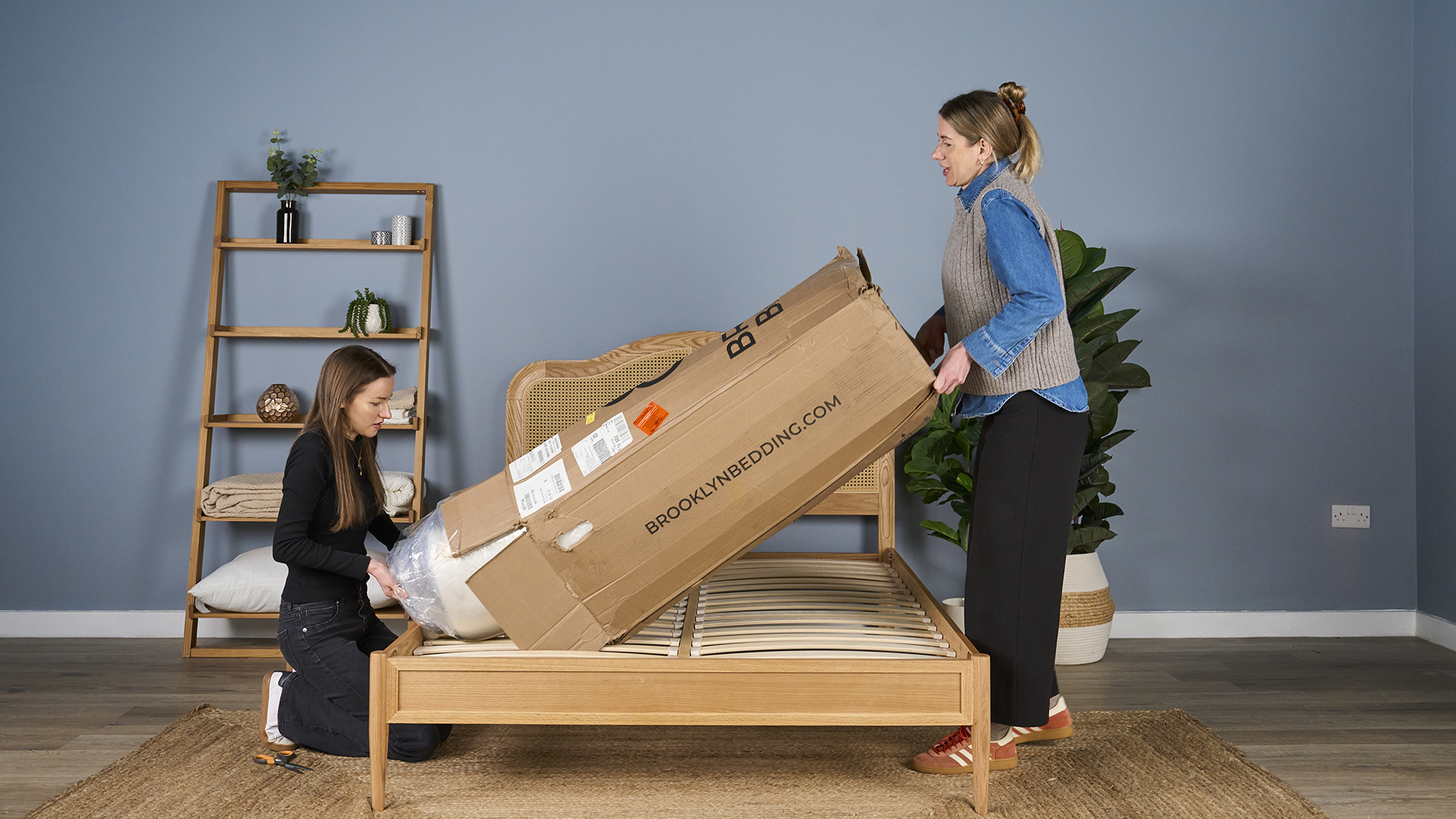
Mattresses are no small pieces of furniture, which means a mattress in a box is great in terms of practicality, making easier work of lugging it up the stairs and installing it in your bedroom.
However, there are some things to be aware of to make sure you don't void your warranty. These mattresses are vacuum packed and leaving them in this compressed state for too long can damage the mattress materials.
Plus your mattress will need time to fully expand before you sleep on it. Even the best mattresses in a box we've tested this year can't be slept on straight after unboxing.
Though the times vary by brand, most manufacturers state you should leave your mattress to expand for at least 24 hours, some even say up to 72 hours. Ignoring this recommendation could risk voiding your warranty.
2. Not giving it a supportive base
Using a suitable, supportive bedframe or base will ensure you're giving your mattress the best chance of avoiding mattress sags and sinkage, and supporting you while you sleep. A firm, solid surface is generally recommended.
Using a bed base that is not suitable for your mattress, or one that is damaged, can cause structural issues and premature wear and tear, and could void its warranty too so you can't replace it.
For example, a slatted bed base with large gaps might damage even the most durable memory foam mattresses because it allows the bed to sink between the slats.
3. Removing your mattress tag
These tags are often labeled with "do not remove under penalty of law". But, unsurprisingly, removing a mattress tag doesn't make you a criminal.
It just throws a spanner in the works when it comes to claiming a refund or replacement.
A receipt of sorts, these tags acts as proof of purchase and verifies the mattress's new and unused condition, as well as the materials it contains and evidence of who manufactured it. Without this evidence, your warranty may be void.
4. Putting your mattress on the floor
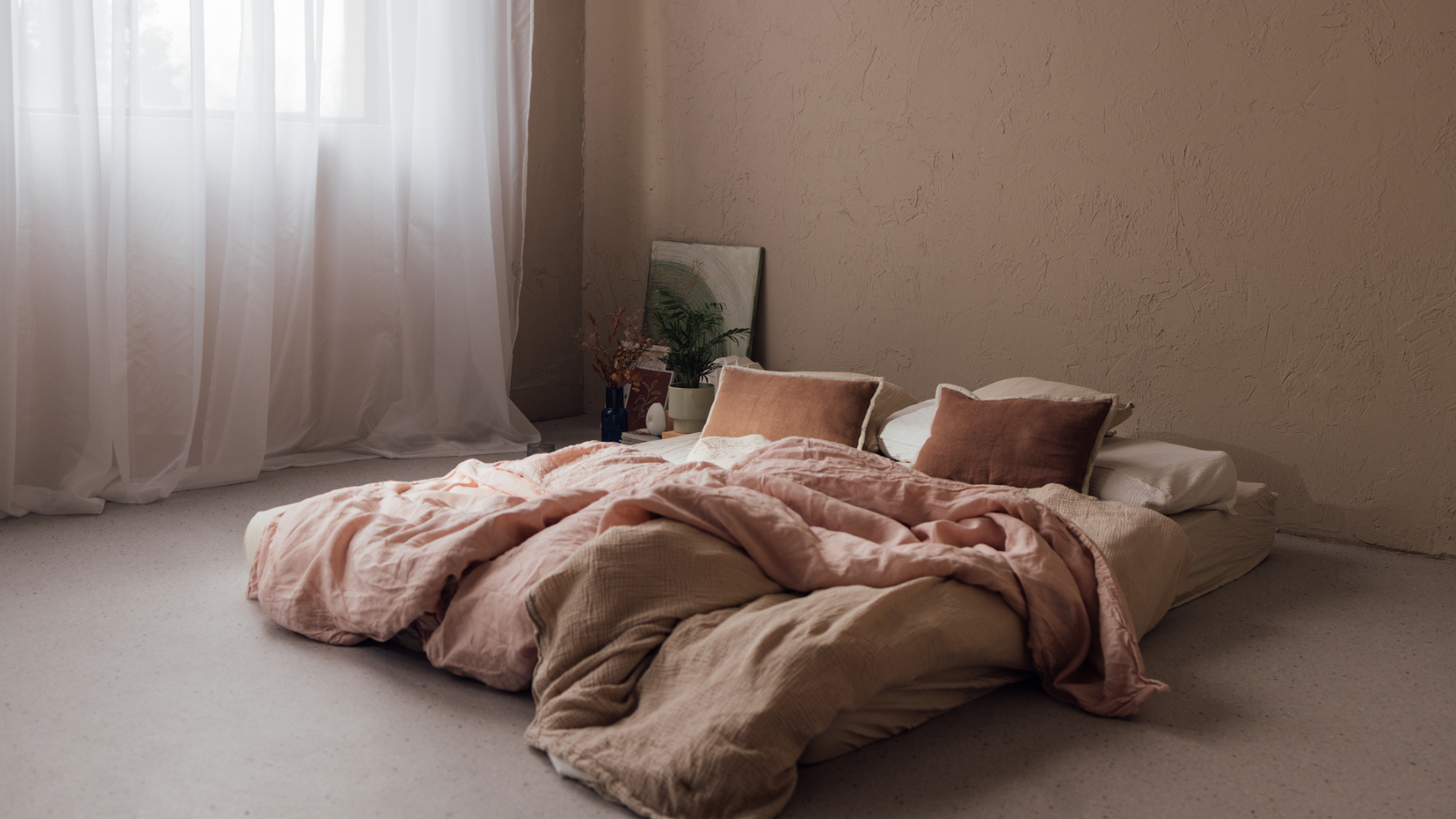
Putting your mattress on the floor isn't a complete no-go providing you put some kind of barrier between your bed and the floor, be it a bunkie board or Japanese flooring mat.
However, some manufacturers refuse to honour their usual warranty for mattresses that have been used directly on the floor or on an unsuitable base.
This is because putting your mattress on the floor prevents airflow, which could lead to moisture damage like mold and mildew that could have been avoided with a proper bedframe.
Brands like Nolah, Simba, Purple and Tempur-Pedic specify that not using a suitable bed base or placing your mattress on the floor can void your warranty.
5. Not rotating/flipping your bed
Taking proper care of your mattress is essential to maintaining its quality and keeping your warranty valid.
Flipping or rotating your bed every three to six months is generally recommended to keep the mattress surface even and maintain its good condition and ability to be supportive for your body.
If you sleep in one position on a mattress for lengthy periods of time, lumps and bumps are inevitable, especially on memory foam mattresses where the foam molds to your body shape.
Each brand recommends a different schedule for rotating, so be sure to check directly with the manufacturer of your bed.
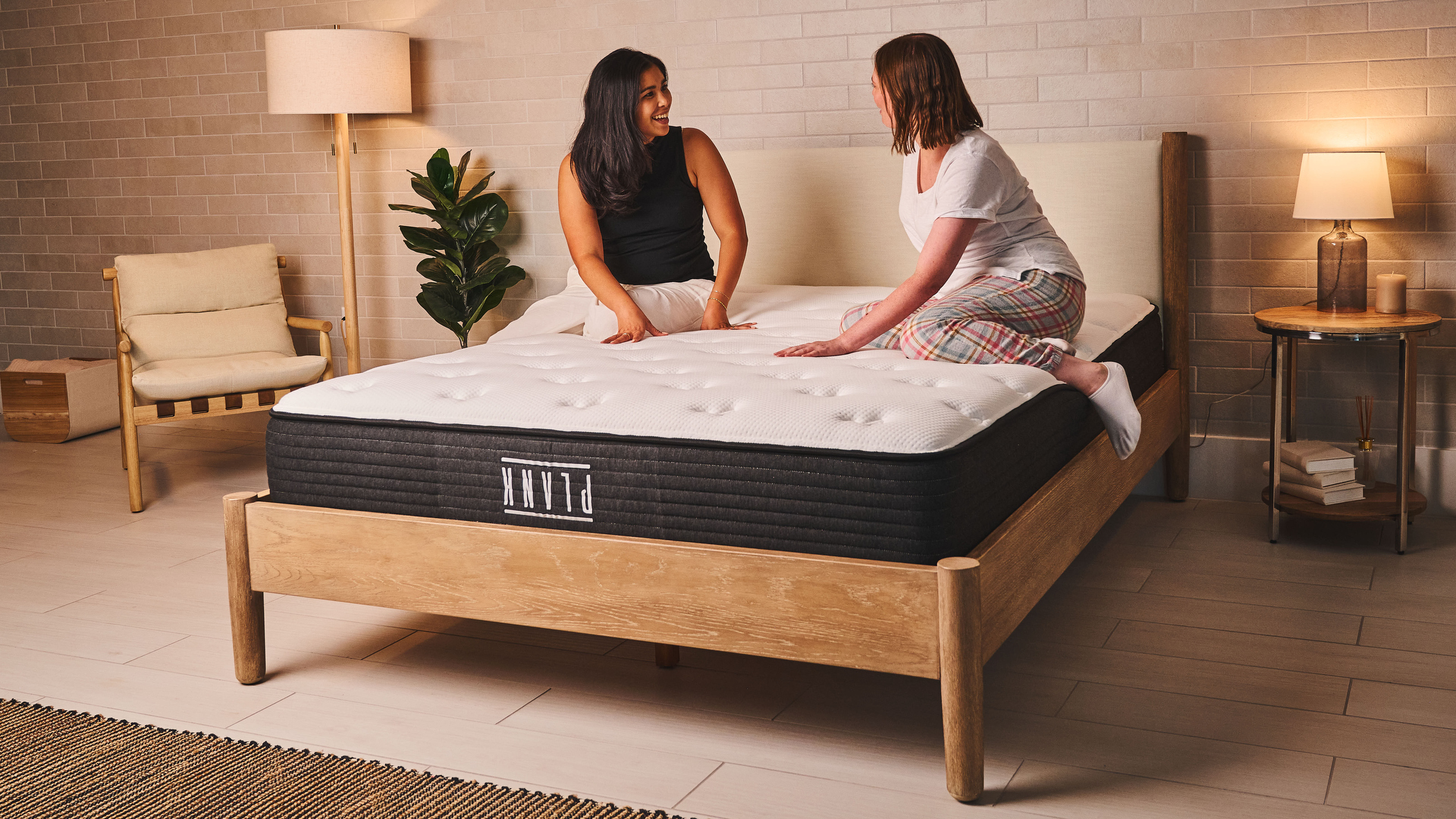
All mattresses benefit from rotation (which means you'll switch around head and foot of the bed). But some mattresses, like the Plank Firm mattress by Brooklyn Bedding, are designed to be flipped, with a softer and firmer side.
Failing to flip or rotate your mattress according to the manufacturer's instructions can lead to premature sagging and void the warranty.
Top tips for taking care of your new mattress
By taking the following tips on board you can make sure you are financially covered if anything goes wrong with your new mattress...
Use a mattress protector
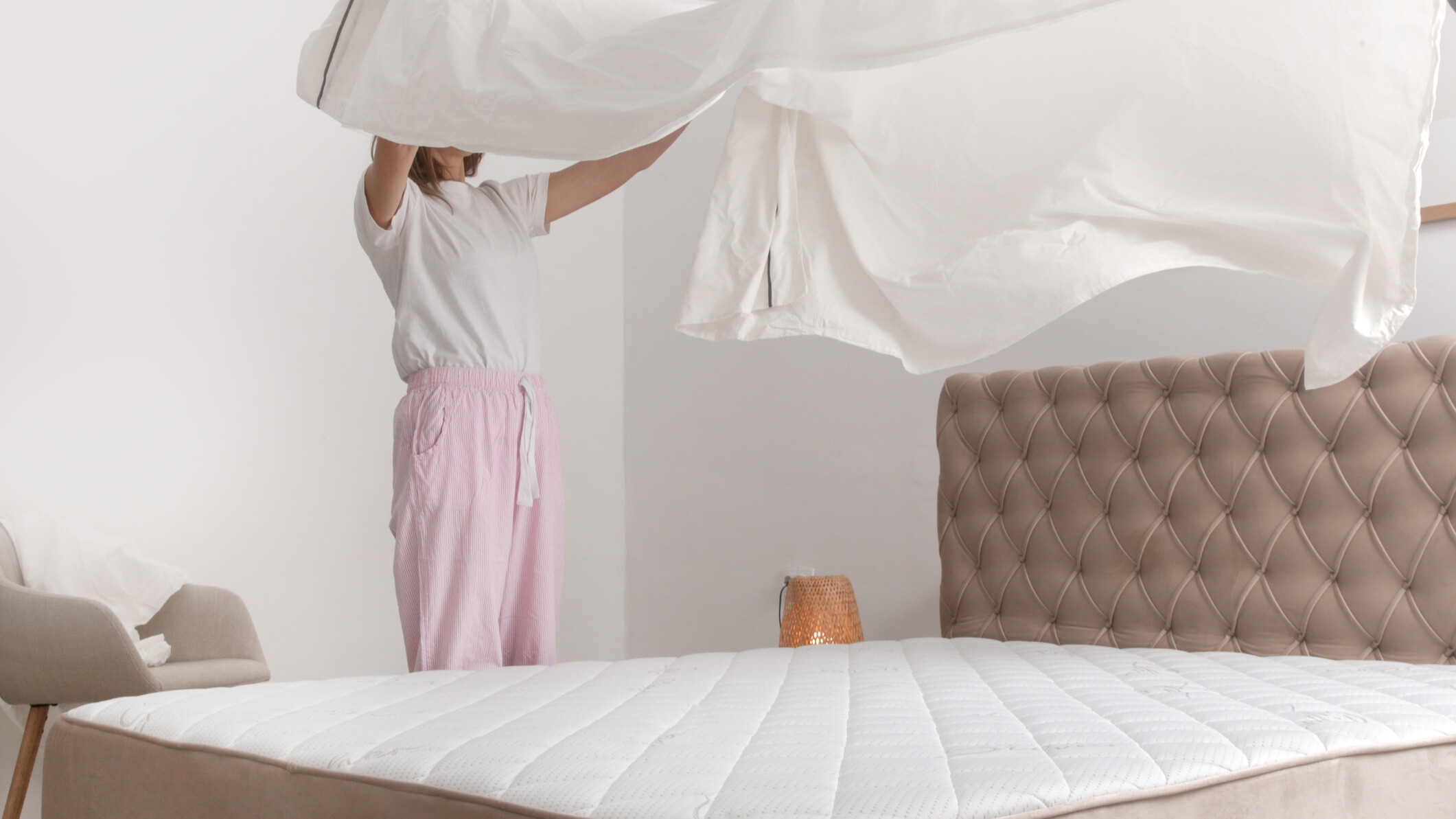
Some mattress companies void your warranty if your bed incurs damage from liquid spills or stains that would make it unhygienic or unsafe to repair.
So using a good quality mattress protector over your mattress will protect it against damage that would void your warranty.
The best mattress protectors are waterproof, hypoallergenic and easily removeable so you can wash them regularly along with your bedding.
With a wide range; some thicker for added comfort and others focused on being eco-friendly or cooling, there's almost certainly an option for everyone.
Carefully select your bedframe
The best bed frames offer firm support for your mattress, as well as increasing airflow to prevent moisture build up and adding to the overall height of your bed to make it easier to get in and out of.
While spring mattresses can be supported by a box spring, memory foam and hybrid mattresses will be well supported by a metal or wooden foundation, which is a base wrapped in fabric and featuring slats, or a platform bed, a metal base with slats.
It's best to opt for slats no more than 3" to 4" apart to avoid any sinking. A smart adjustable bed base is also an option if you want to give your sleep space a tech upgrade.

Follow manufacturer's instructions
Everything here comes down to following the manufacturer's rulebook — they are the ones in charge of granting you a refund or replacement, after all.
Taking note of what is and isn't included in your mattress warranty and reading the T&Cs (however boring that seems) at purchase is important.
Following care advice supplied in these documents will save you money and prevent frustration if you encounter problems with your mattress down the line.
Sign up to get the BEST of Tom's Guide direct to your inbox.
Get instant access to breaking news, the hottest reviews, great deals and helpful tips.

Eve is a PPA-accredited journalist with an MA in Magazine Journalism from Cardiff University. She is a Sleep Staff Writer at Tom’s Guide and has four years’ experience writing health features and news. She is particularly interested in the relationship between good sleep and overall health. At Tom’s Guide Eve is responsible for coverage and reviews of sleep tech and is our smart and cooling mattress specialist, focussing on brands such as Eight Sleep and Sleep Number. She also covers general mattress reviews, seeks out the best deals to produce tried-and-tested buyer's guides for sleep accessories and enjoys writing in-depth features about sleep health. She has been involved in rigorous testing procedures for mattress reviews in our Sleep Studio and has interviewed experts including sleep doctors and psychologists. When not covering sleep at Tom's Guide, Eve enjoys writing about health and fitness, food and culture.
You must confirm your public display name before commenting
Please logout and then login again, you will then be prompted to enter your display name.
